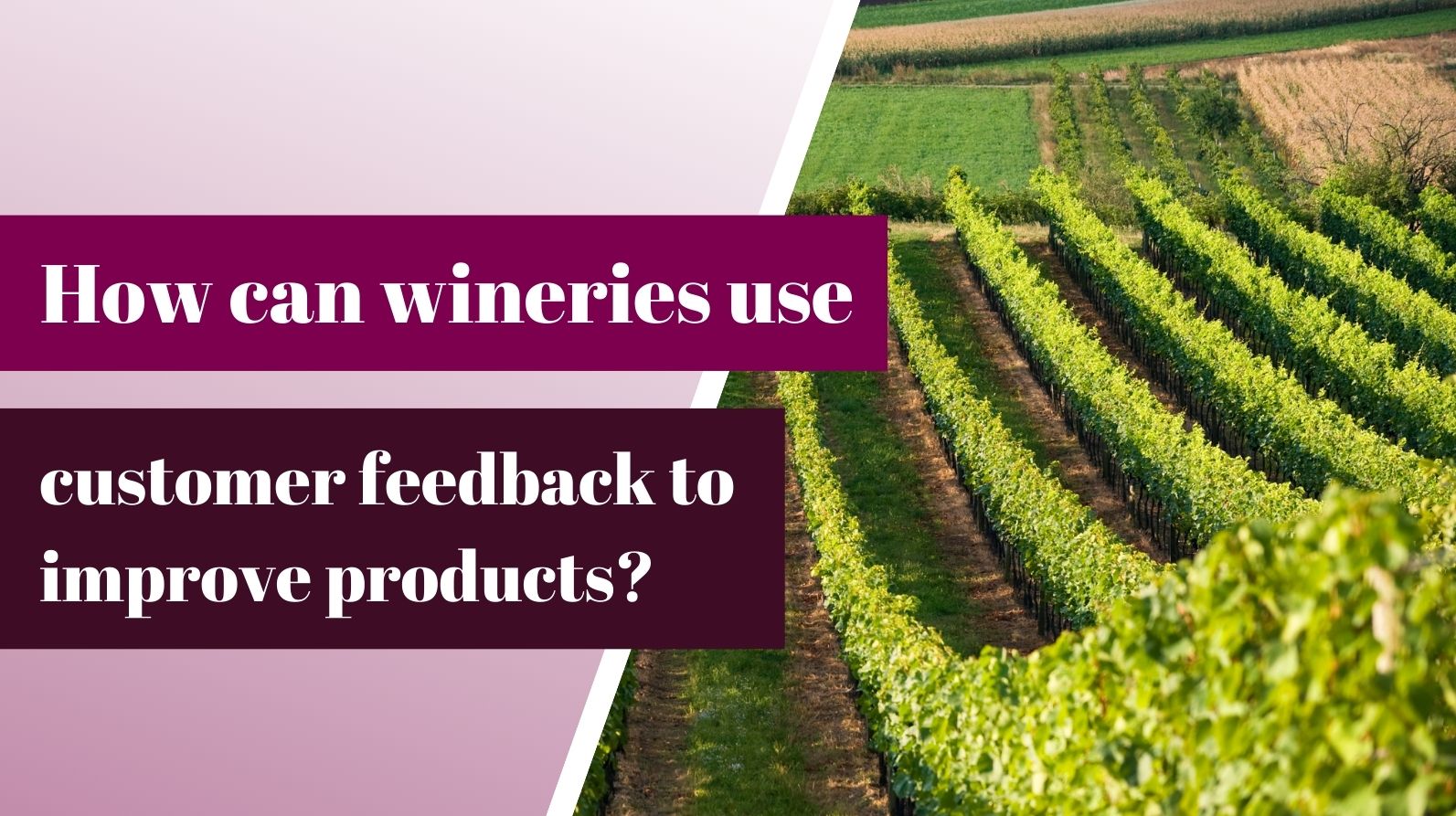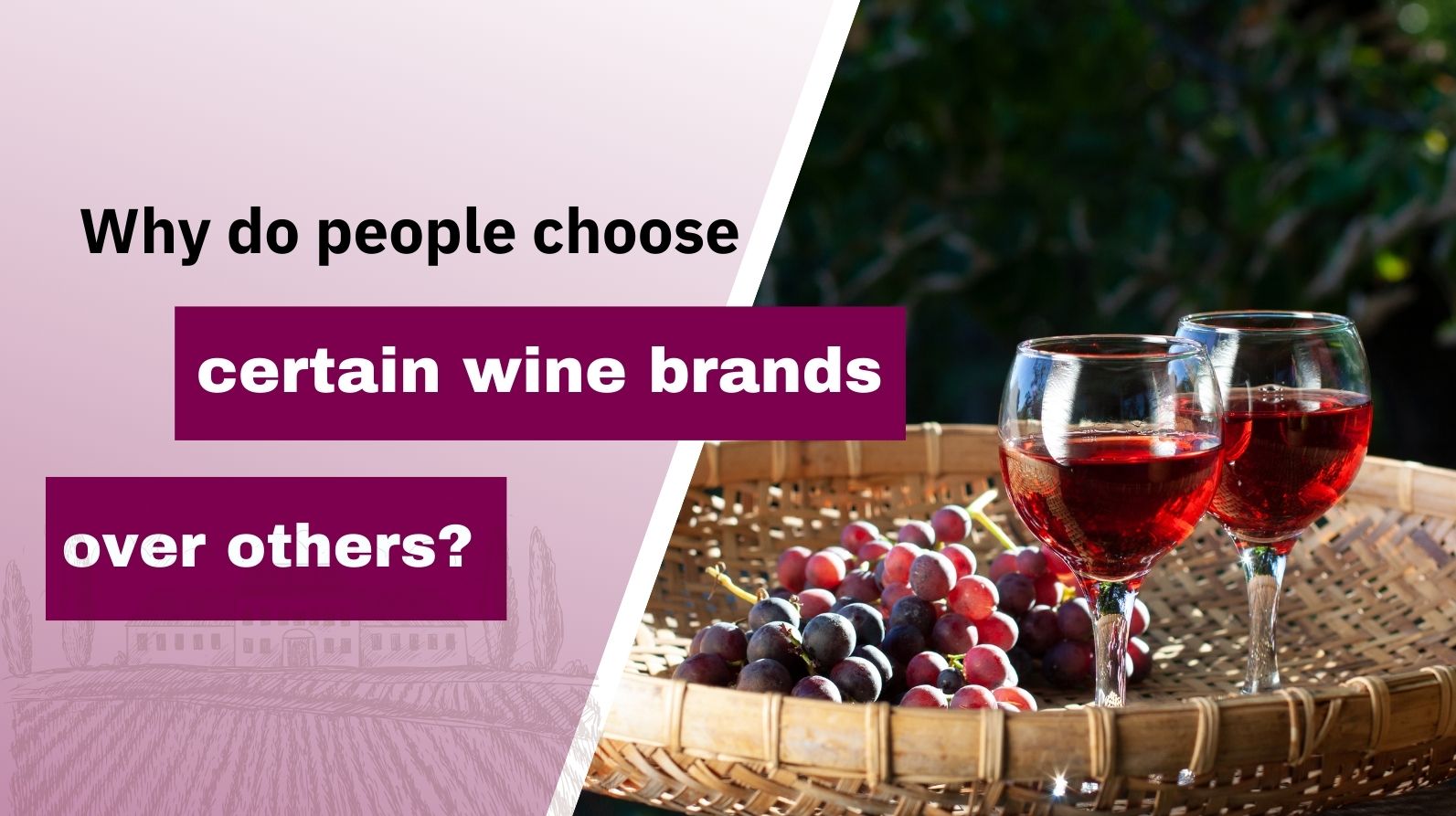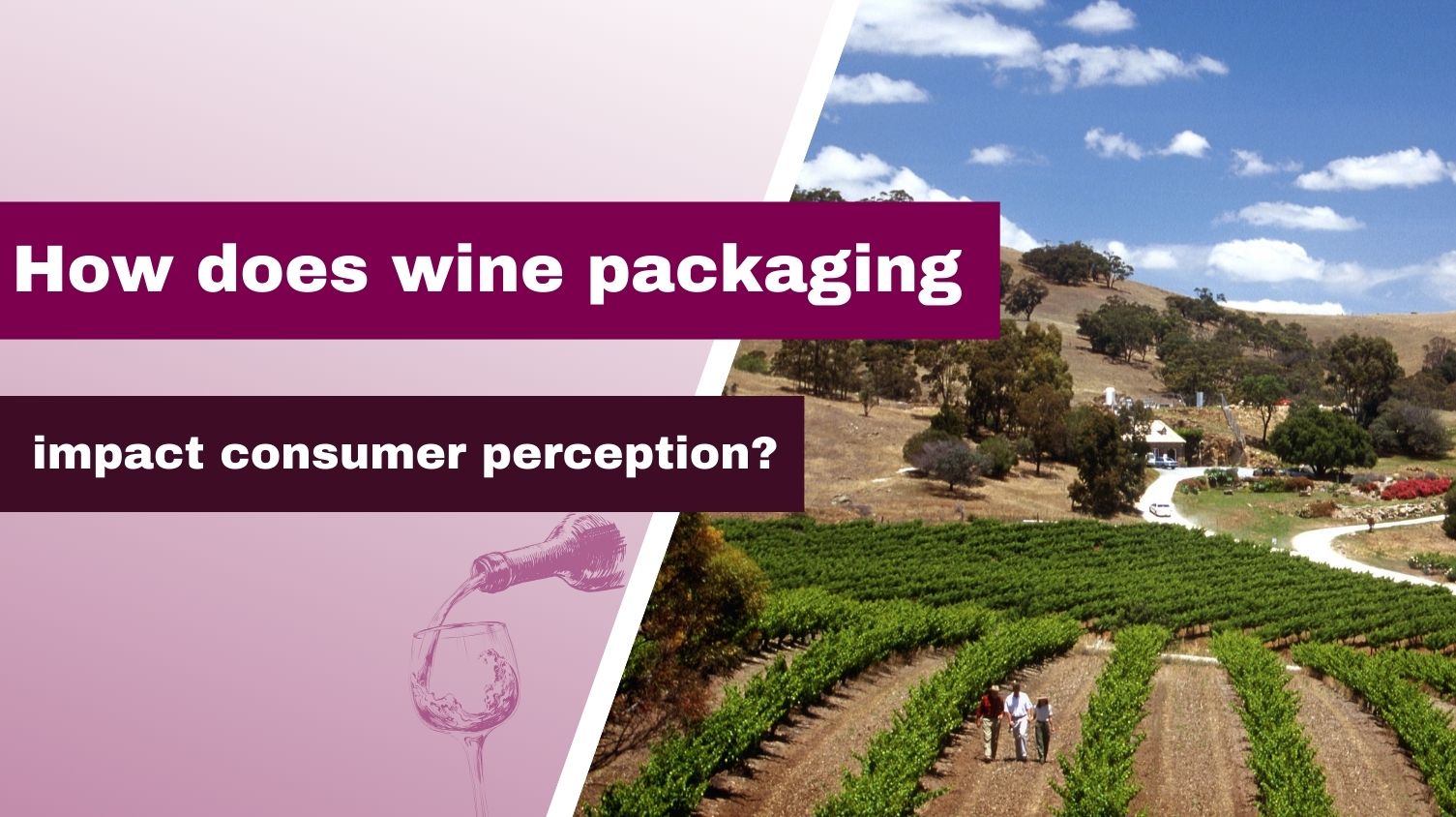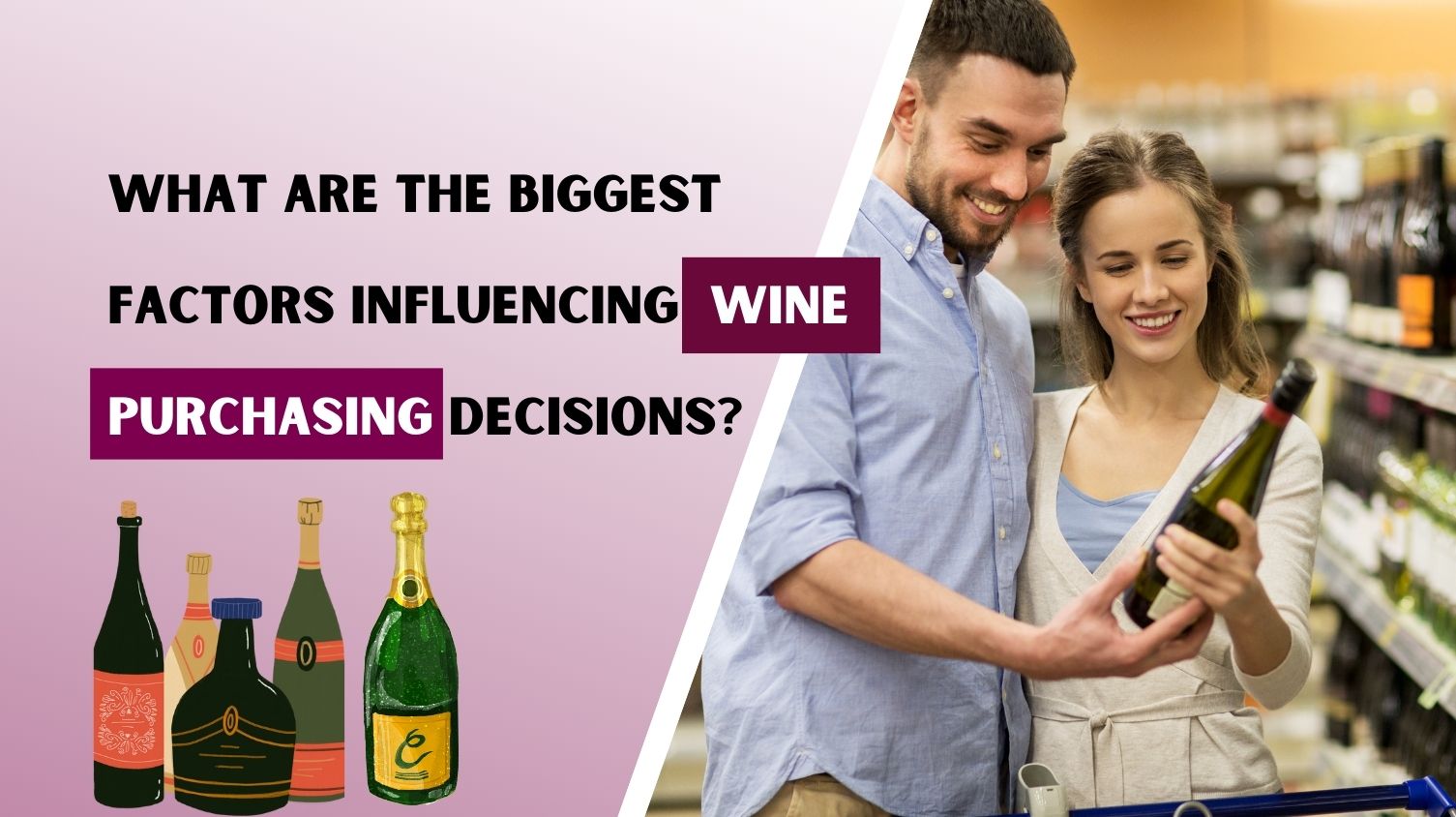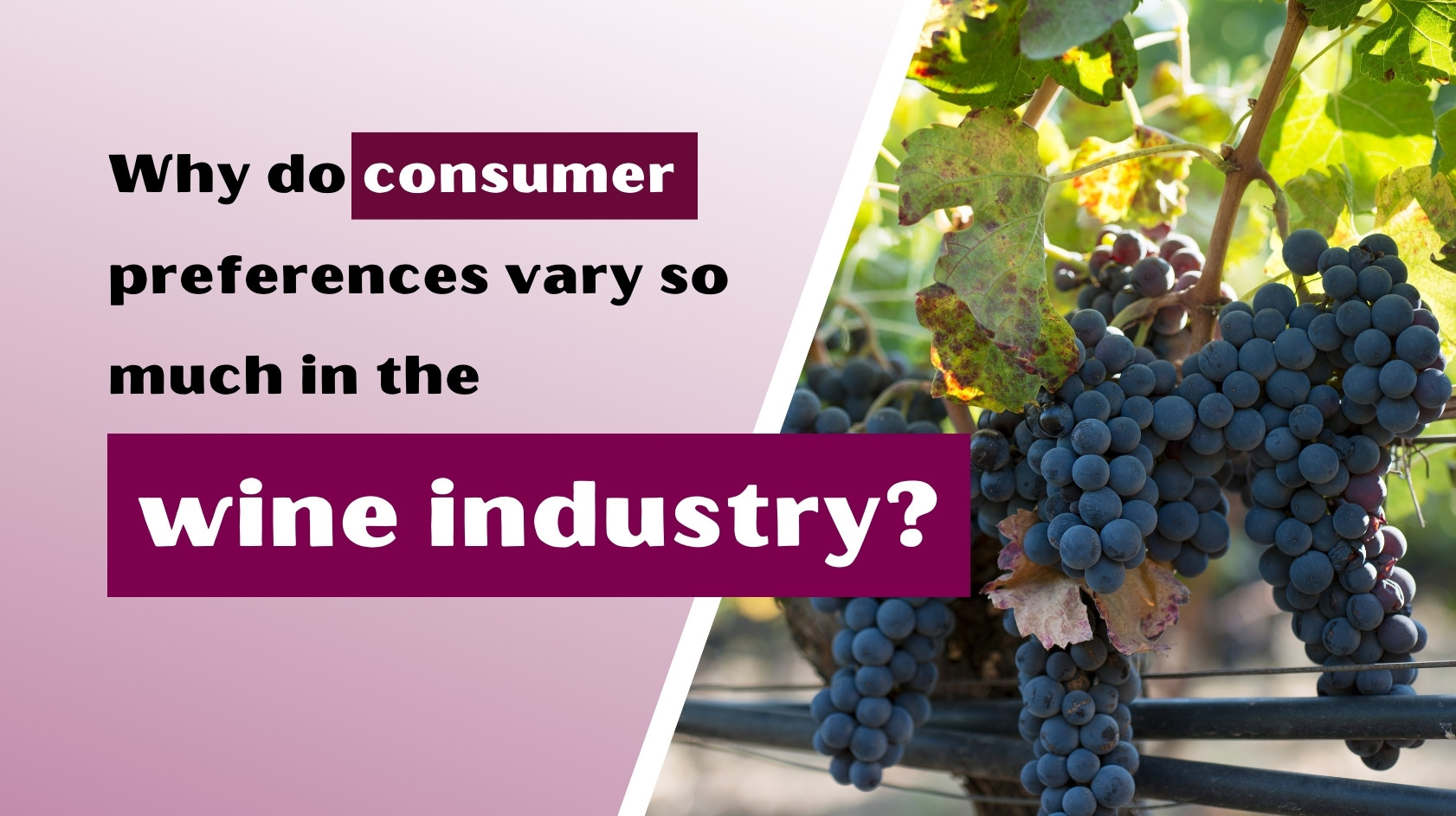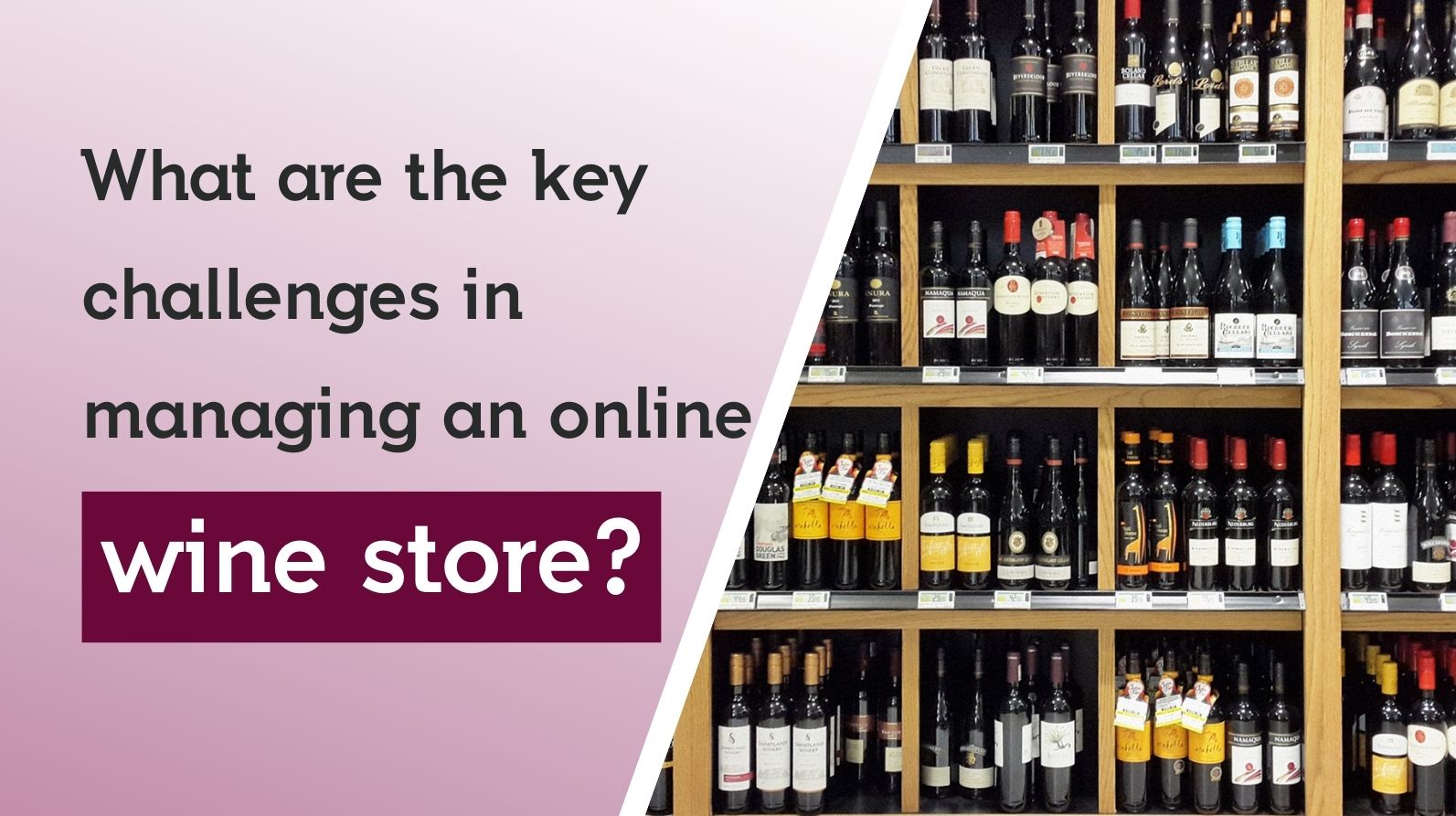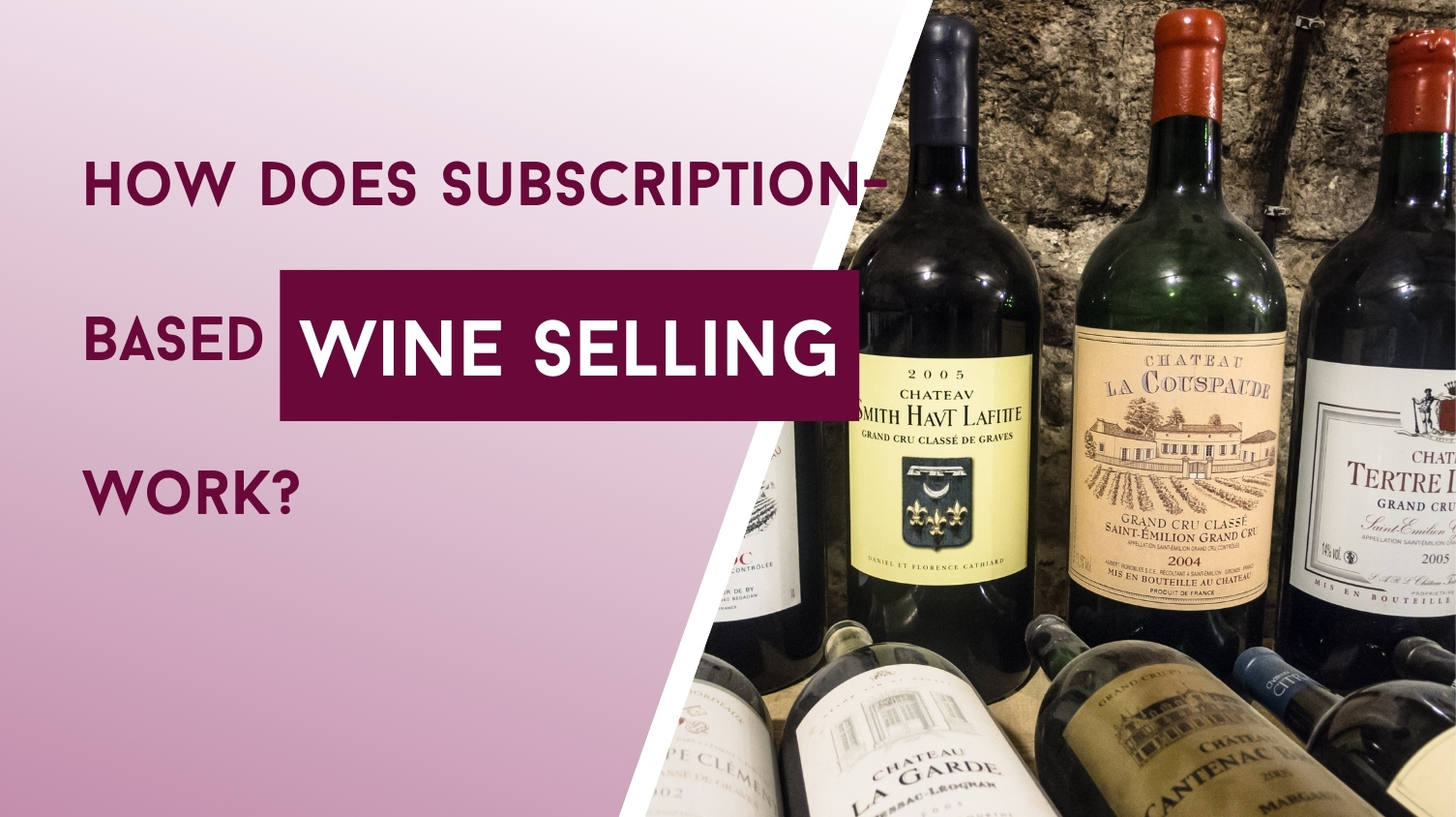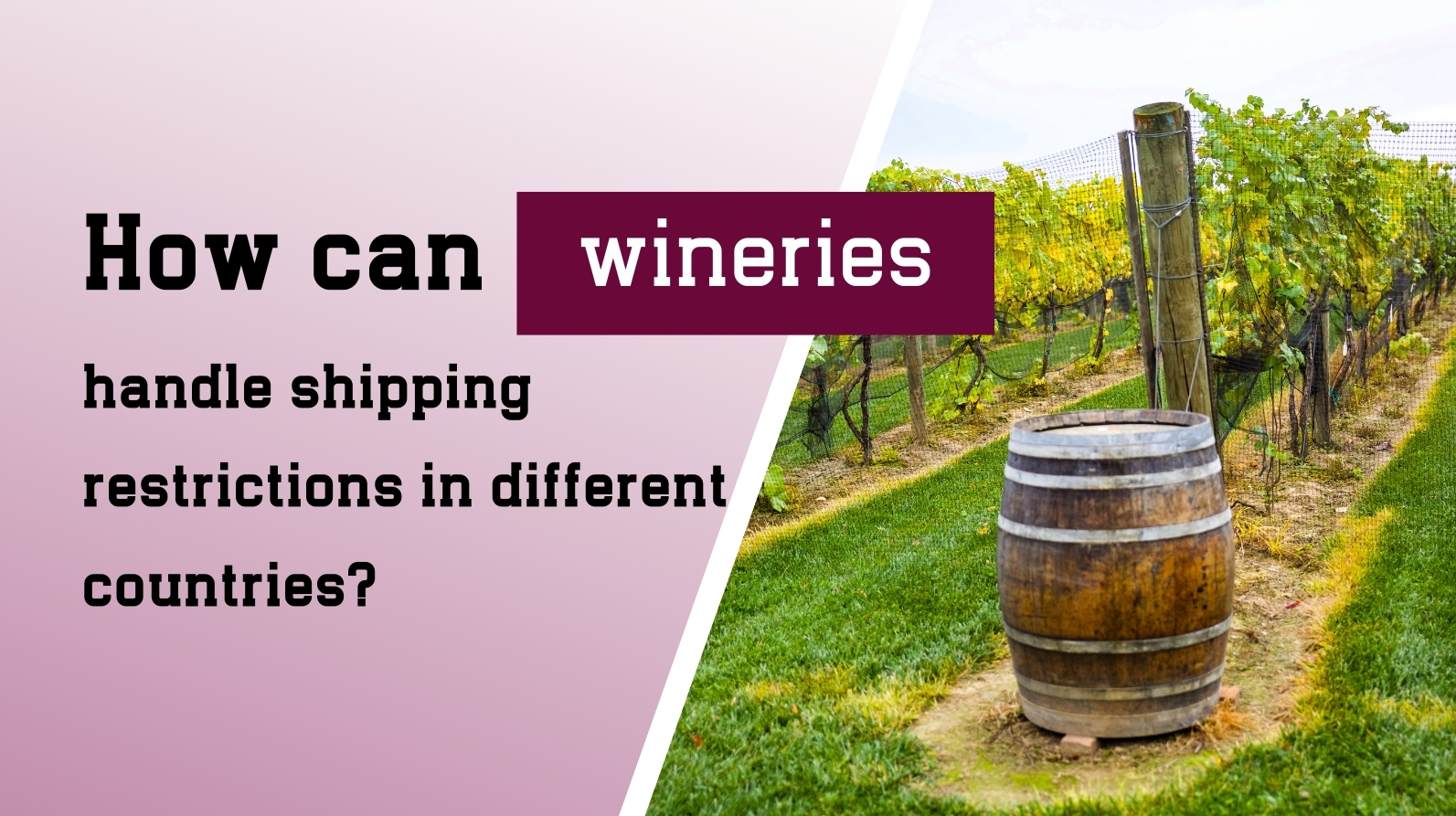Challenges in Promoting a Wine Business & How to Overcome Them
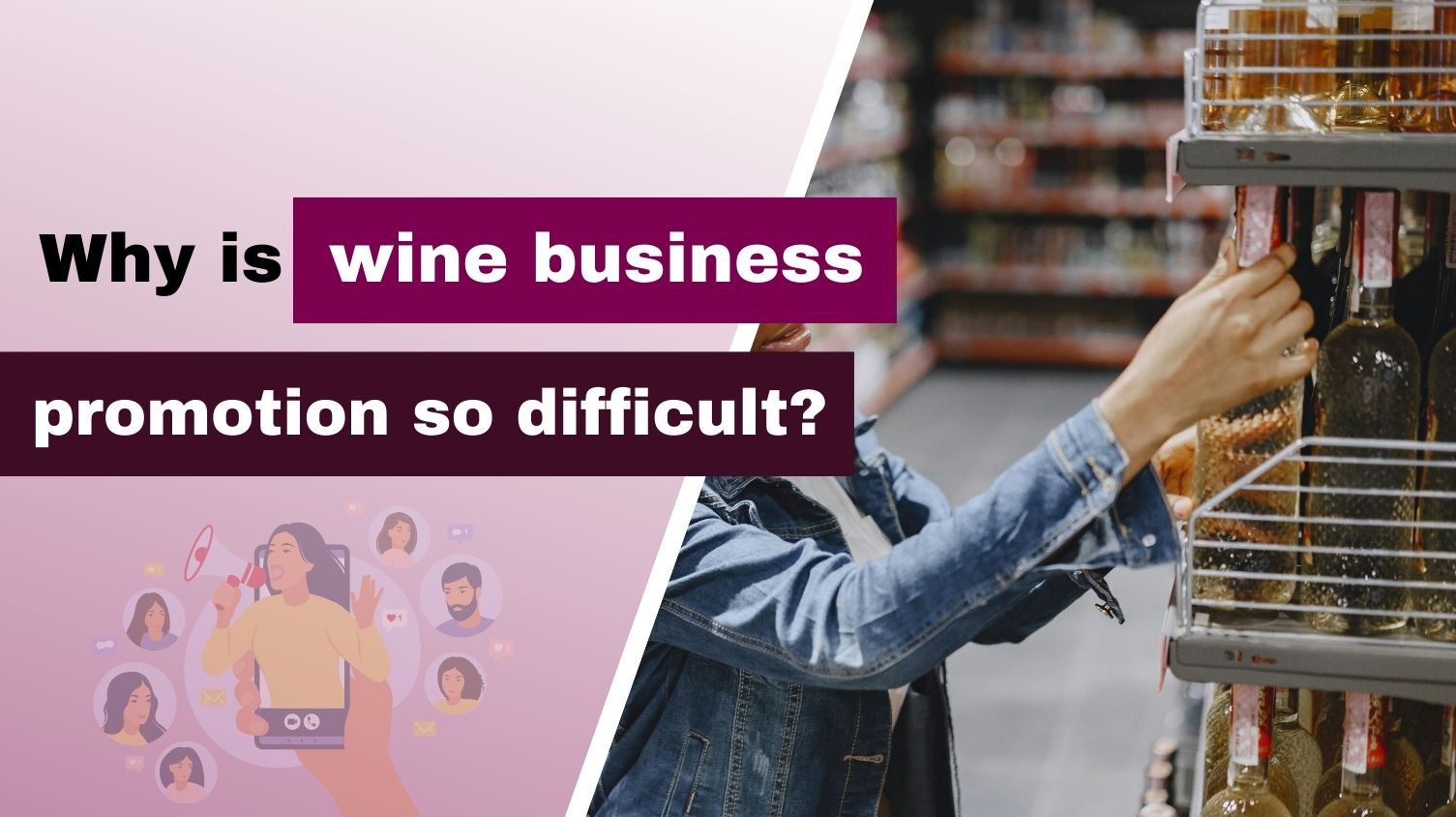
Challenges in Promoting a Wine Business & How to Overcome Them
Introduction
Promoting a wine business in today’s market is more complex than ever.Evolving consumer preferences, regulatory challenges, market saturation, and digital transformation have created a dynamic landscape that requires strategic marketing efforts. Wineries must innovate, differentiate their brands, and leverage new technologies to remain competitive.In this article, we explore the biggest challenges facing wine businesses and offer actionable strategies to navigate these complexities successfully.
1. Shifting Consumer Preferences
Millennials and Generation Z are redefining the beverage industry. Health-conscious lifestyles and the rise of the "sober curious" movement have led to increased demand for low-alcohol and non-alcoholic wine options.
Key Trends:
Decline in traditional wine consumption among younger demographics.
Increased demand for organic, vegan, and non-alcoholic wine options.
Preference for experiential drinking, such as wine tastings and vineyard tours.
How to Adapt:
Offer low-alcohol and alcohol-free wines to cater to health-conscious consumers.
ocus on storytelling and experiences, such as virtual tastings and educational content.
Use sustainable and organic winemaking as a selling point.
Example: Many wineries now offer non-alcoholic wines to appeal to the growing demand for healthier beverage alternatives.
2. Intense Market Competition
With thousands of wine brands competing for consumer attention, standing out in a saturated market is a significant challenge.
How to Differentiate Your Brand:
Develop a unique brand identity and compelling storytelling.
Highlight heritage, winemaking process, and sustainability efforts.
Leverage influencer marketing and customer testimonials to build brand trust.
Example: Casillero del Diablo created a compelling marketing story about a “devil in the cellar,” making their brand memorable in a crowded industry.
3. Complex Distribution Channels
Navigating traditional wine distribution networks while integrating direct-to-consumer (DTC) sales is a significant challenge for wineries.
How to Adapt:
Invest in e-commerce and online wine clubs to sell directly to consumers.
Strengthen retail and distributor relationships through exclusive deals and promotions.
Offer subscription models to increase recurring revenue.
Example: Many wineries now combine online sales and wine club memberships to complement their distributor partnerships.
4. Regulatory Hurdles in Wine Marketing
Strict advertising, labeling, and distribution laws vary across regions, making wine promotion complex and restrictive.
How to Navigate Regulations:
Stay up to date on local and international alcohol marketing laws.
Use educational marketing (e.g., food pairings, wine history) to comply with regulations.
Work with legal experts to ensure compliance in different markets.
Example: In France, wineries must comply with strict advertising laws that prohibit alcohol promotions that appear glamorous or encourage excessive consumption.
5. The Rise of E-Commerce and Digital Sales
The traditional three-tier system is shifting, with more consumers buying wine online. However, adapting to digital platforms can be resource-intensive.
How to Adapt:
Build a user-friendly website with direct purchasing options.
Invest in SEO and digital marketing to increase online visibility.
Offer virtual tastings and exclusive online promotions to attract digital buyers.
Example: The COVID-19 pandemic accelerated online wine sales, prompting wineries to enhance their e-commerce strategies.
6. Sustainability and Environmental Concerns
Consumers are increasingly choosing sustainable and eco-friendly wines. Wineries must adopt green practices and communicate them effectively.
How to Adapt:
Use organic, biodynamic, or sustainable farming techniques.
Implement eco-friendly packaging to reduce environmental impact.
Highlight sustainability efforts in marketing campaigns and labels.
Example: Wineries promoting organic farming and recyclable packaging appeal to eco-conscious consumers.
7. Leveraging Technology in Wine Marketing
The rise of AI, data analytics, and digital marketing has transformed how wine businesses reach customers. However, many wineries struggle to integrate these tools effectively.
How to Adapt:
Use AI-driven insights to personalize marketing campaigns.
Implement QR codes on labels for interactive storytelling.
Engage on social media platforms to build brand awareness.
Example: Some wineries use augmented reality (AR) wine labels that allow consumers to scan a bottle and learn about its origin and tasting notes.
8. Cultural and Legal Restrictions on Alcohol Promotion
Strict laws in certain regions make wine marketing complex. Some countries ban alcohol advertising, limiting promotional opportunities.
How to Adapt:
Use educational storytelling rather than direct advertising.
Work with local influencers and sommeliers to promote wines legally.
Focus on wine pairing guides and cultural heritage in marketing.
Example: In France, alcohol advertising laws prevent wineries from using glamorous promotional tactics, forcing them to focus on heritage and craftsmanship.
9. Supply Chain Disruptions
Events like pandemics, trade restrictions, and logistical delays disrupt the wine supply chain, affecting production and marketing efforts.
How to Adapt:
Diversify supplier and distributor networks to reduce risk.
Improve inventory management to handle supply chain fluctuations.
Offer pre-orders and exclusive releases to manage stock efficiently.
Example: The COVID-19 pandemic caused supply chain bottlenecks, affecting wine distribution and sales worldwide.
10. Competition from Alternative Beverages
The rise of craft beers, spirits, hard seltzers, and ready-to-drink cocktails has created new competition for the wine industry.
How to Adapt:
Innovate by offering wine-based cocktails, canned wines, or flavored wines.
Collaborate with bars and mixologists to create unique wine-infused drinks.
Educate consumers about wine versatility in cocktails and pairings.
Example: Some wineries now produce wine-based spritzers and canned wine cocktails to appeal to younger consumers.

